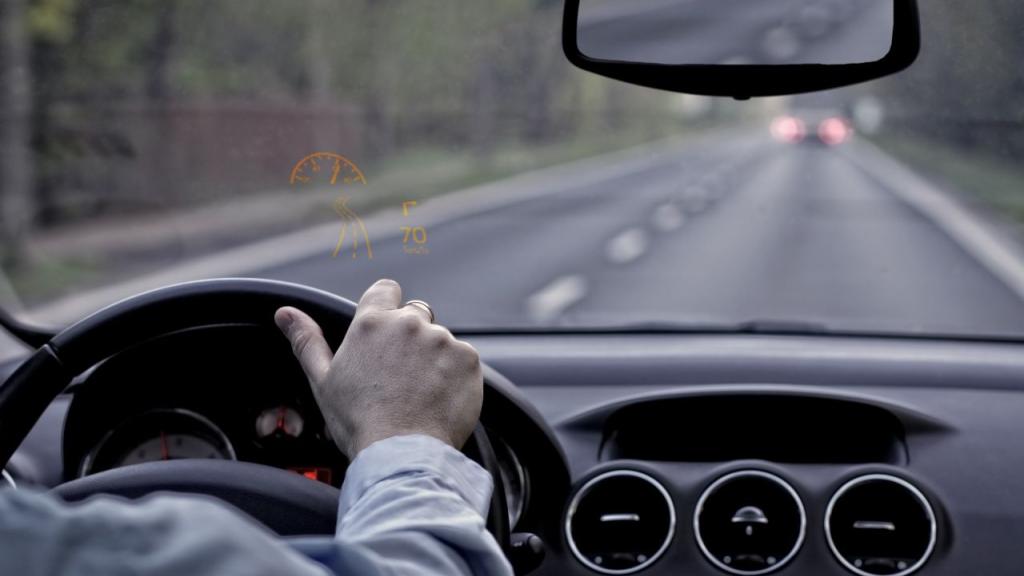
When automobiles were first fitted with front windows, nobody could have predicted that a plain sheet of glass would one day be a technological marvel, packed with add-ons and state-of-the-art features.
One sophisticated piece of equipment that has found its way into a growing list of car makes and models, is the Head-Up Display (HUD).
The technology was used in fighter jets already in the 1950’s, albeit in a rudimentary form. It was introduced in the automotive field in the ’80: the first car to be fitted with the system was an Oldsmobile Cutlass Supreme and since then, it has not stopped evolving.
HUD works as a projector mounted in the dashboard bounces reverted images off a series of tiny mirrors onto the windshield. Depending on the type of HUD, the in-drive data that is displayed ranges from speed and turn-by-turn directions to safety distance and even the song that is playing on your Spotify list.
The obvious benefit of HUD is safer navigation. Even the quickest downward glance to the dashboard diverts the driver’s gaze away from the road, presenting a safety risk, especially when travelling at high speed. With HUD, drivers have access to vital data in their line of sight and can maintain their focus where it needs to be: on the road. Augmented Reality (AR) HUDs are the future: the AI-driven systems relay to drivers not only traditional vehicle-related data, but information pertaining to the car’s larger surroundings, such as obstacles ahead.
As a leading glass manufacturer, AGC is at the forefront of HUD development. Read more here.

